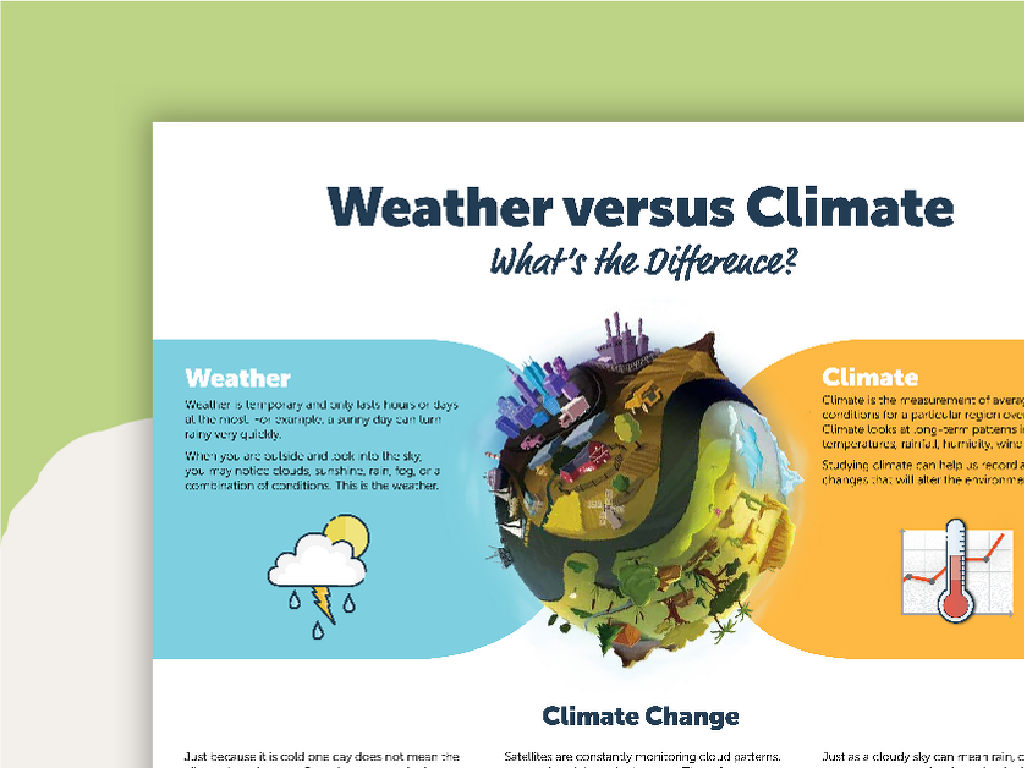Identify And Select Countries Of Asia: Region 2
Subject: Social studies
Grade: Eighth grade
Topic: Asia: Geography
Please LOG IN to download the presentation. Access is available to registered users only.
View More Content
Exploring Asia: Region 2
– Asia’s vastness and diversity
Largest continent with diverse cultures and landscapes.
– Asia’s division into regions
Regions help organize study by grouping similar areas.
– Focus on Region 2 countries
Region 2 includes countries like India, China, and Japan.
– Significance of regional study
Understanding regions aids in grasping cultural and political dynamics.
|
This slide introduces students to the geographical complexity of Asia, emphasizing its size and the diversity found within. By dividing Asia into regions, we can study the continent in a more organized and manageable way. Today’s lesson will concentrate on Region 2, which includes some of the most influential countries in both historical and modern contexts, such as India, China, and Japan. Highlight the importance of regional studies in understanding the intricate cultural, economic, and political relationships that shape global interactions. Encourage students to think about what they already know about these countries and to be curious about what makes each one unique.
Exploring Asia: Focus on Region 2
– Asia’s regional division
– Asia is divided based on geographical, cultural, and political traits.
– Characteristics of Region 2
– Region 2 features unique climate, terrain, and cultural practices.
– Countries within Region 2
– Includes China, Japan, South Korea, and Taiwan among others.
– Geographical significance
– Region 2’s diverse landscapes influence local economies and cultures.
|
This slide introduces students to the concept of dividing Asia into different regions for easier study and understanding. Region 2, which can be defined differently by various sources, often includes East Asian countries known for their distinct cultural and geographical features. Highlight the importance of recognizing the diversity within Asia and how regional classification helps in studying the continent’s complex human and physical geography. Encourage students to research more about each country in Region 2, focusing on how geography has shaped their history and development. This will prepare them for a deeper dive into the individual countries and their roles in both regional and global contexts.
Physical Geography of Asia: Region 2
– Major mountains, rivers, and deserts
– Explore the Himalayas, the Mekong River, and the Gobi Desert
– Climate and unique natural resources
– Monsoon climate and resources like rubber and jade
– Geography’s impact on lifestyle
– How terrain and climate shape agriculture and settlement patterns
– Case study: A Region 2 country
– Example: How geography has shaped Thailand’s culture and economy
|
This slide aims to provide students with an understanding of the physical geography of Asia’s Region 2, which includes features such as the Himalayas, the Mekong River, and the Gobi Desert. Discuss the monsoon climate prevalent in this region and the unique natural resources, such as rubber in Malaysia and jade in Myanmar. Highlight how the geography influences the lifestyle of the people, affecting their agriculture, housing, and daily activities. Use a case study, such as Thailand, to illustrate the relationship between geography and economic activities like tourism and agriculture. Encourage students to think about how living near a major river or mountain range might influence their own lives.
Cultural Highlights of Asia: Region 2
– Diversity in cultures & languages
– Region 2 includes countries with a rich tapestry of ethnic groups, each with its own language and customs.
– Traditional attire & cuisine
– Each country has distinctive clothing like the kimono in Japan, and unique dishes such as kimchi in Korea.
– Festivals unique to Region 2
– Celebrations like Diwali in India and the Lantern Festival in China reflect the region’s vibrant traditions.
– Historical landmarks & their importance
– Sites like the Great Wall of China and India’s Taj Mahal tell stories of the past and are UNESCO World Heritage Sites.
|
This slide aims to give students a glimpse into the rich cultural diversity of Asia’s Region 2. Highlight the variety of languages spoken and the unique cultural practices that define each country. Discuss traditional clothing and food, giving examples that students can easily remember. Explain the significance of festivals and how they are celebrated, perhaps comparing them to familiar holidays. Lastly, touch on the historical sites, emphasizing their global importance and contribution to our understanding of human history. Encourage students to explore these cultures further and recognize the value of diversity.
Political Boundaries of Asia: Region 2
– List current countries and capitals
– For example, India (New Delhi), Pakistan (Islamabad)
– Discuss significant political events
– Events like the formation of Bangladesh from Pakistan
– Understand borders and neighbors
– India shares borders with Pakistan, China, Nepal, and others
– Analyze geopolitical impacts
|
This slide aims to provide students with an understanding of the political geography of Asia’s second region. Start by listing the countries in this region along with their capitals to give students a foundational grasp of the political map. Highlight key historical events that have shaped the current political landscape, such as the partition of India and Pakistan, and the later independence of Bangladesh. Discuss the significance of borders and how neighboring countries influence each other politically, economically, and culturally. Encourage students to think about how these geopolitical factors affect relationships within the region and with the rest of the world. Provide a map for better visualization and context during the presentation.
Economic Overview of Asia: Region 2
– Major industries and agriculture
– Textiles, technology, rice, and tea are key sectors.
– Intra-Asia and global trade relations
– Trade agreements with ASEAN, EU, and NAFTA impact economy.
– Economic challenges faced
– Issues include income inequality and unemployment.
– Opportunities for growth
– Tech innovation and foreign investment are growth areas.
|
This slide provides an overview of the economic landscape in Asia’s second region, focusing on the major industries such as textiles and technology, and agricultural products like rice and tea. Discuss the significance of trade relations within Asian countries and with larger global markets, including the European Union and North America. Highlight the economic challenges that the region faces, such as income inequality and unemployment, and explore the opportunities for growth through technological innovation and attracting foreign investment. Encourage students to think about how these economic factors influence daily life and future prospects in the region.
Class Activity: Mapping Asia’s Region 2
– Label countries and capitals on map
– Mark major geographic features
– Discuss geography’s impact on economy/culture
– How do mountains, rivers, etc., influence trade, lifestyle?
– Present group findings to class
|
This activity is designed to help students actively engage with the geography of Asia’s Region 2. Provide students with blank maps and a list of countries, capitals, and major geographic features to label. Facilitate a discussion on how geography, such as the presence of rivers or mountains, affects a region’s economy and culture. For example, rivers can be trade routes, and mountains can isolate communities, affecting cultural development. Divide the class into groups and have each group present their labeled maps and findings. Possible variations of the activity could include focusing on a specific country, comparing and contrasting two countries within Region 2, or exploring the historical changes in the region’s geography and their effects on current events.
Asia’s Region 2: Review & Preview
– Recap of Region 2 countries
– Review the list of countries we’ve covered in Asia’s Region 2.
– Geography, culture, economy insights
– Discuss how geography influences culture and economy in these countries.
– Reflect on what we’ve learned
– Look ahead to our next geography lesson
– Get excited for more in-depth exploration of Asia’s diverse geography.
|
This slide aims to consolidate the students’ knowledge of Asia’s Region 2 by reviewing the countries covered and recapping key aspects of their geography, culture, and economy. Encourage students to think about how the physical landscape of a country can shape its cultural practices and economic activities. This reflection will help them understand the interconnectedness of these concepts. Conclude by building anticipation for the next lesson, where students will delve deeper into the geographical diversity of Asia, enhancing their global awareness and geographical literacy.






